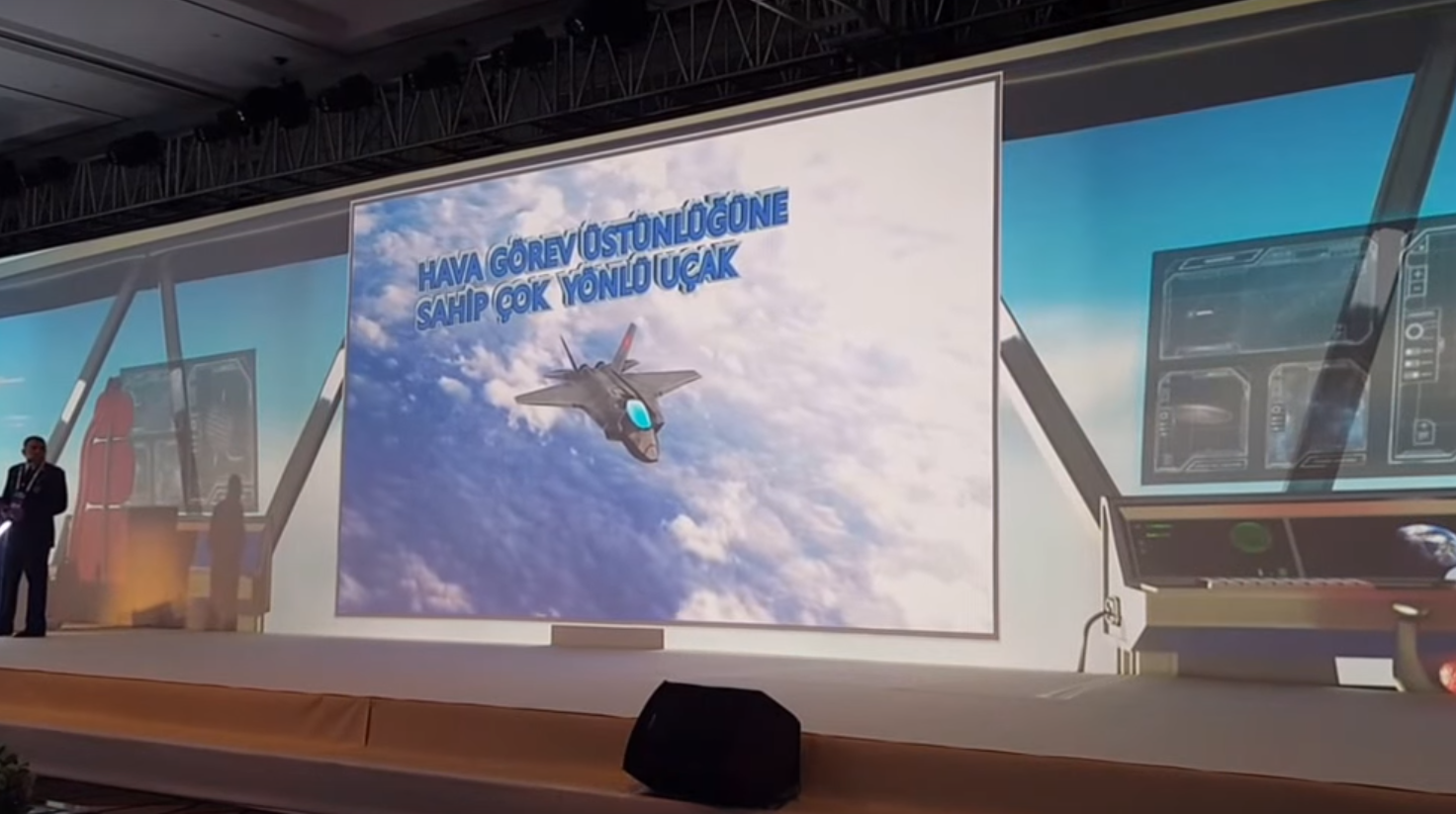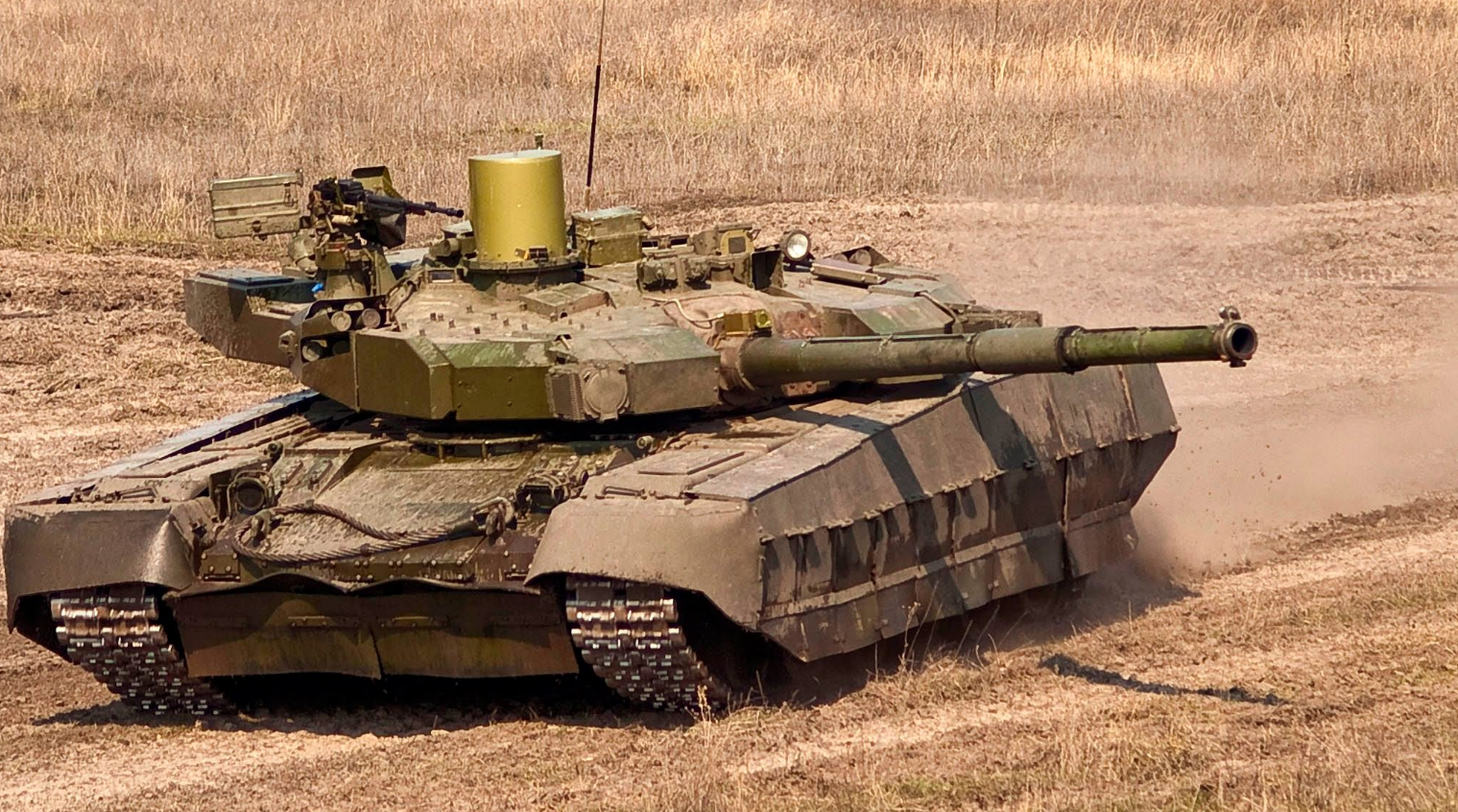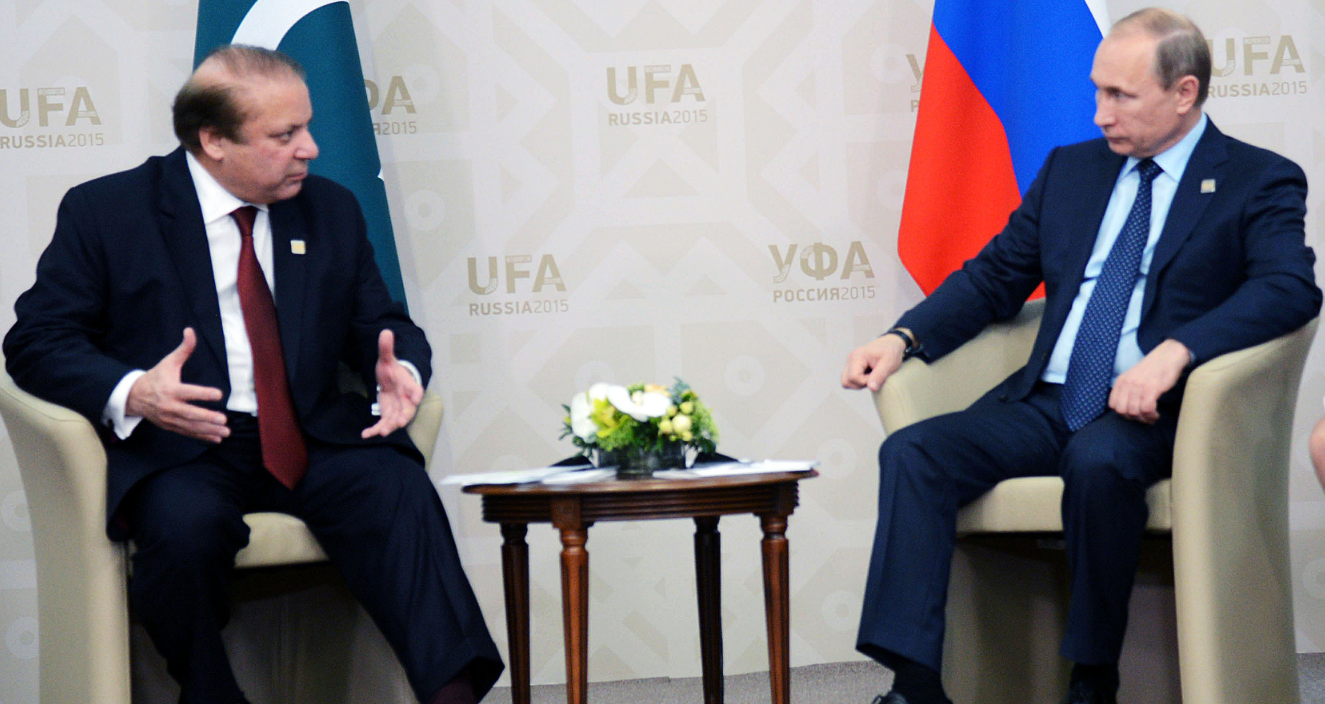24Views 17Comments

Is Pakistan interested in the Turkish TFX (Part 2)
In part one of this series, it was determined that the Turkish Aerospace Industries (TAI) TFX could be a potential next generation fighter option for the Pakistan Air Force (PAF).
As to whether the PAF would sign onto the TFX could be a very different story. This is not to completely preclude the possibility, but it would be worth reviewing exactly what the PAF is looking for in its pursuit of a next-generation fighter platform. In March, Air Chief Marshal (ACM) Sohail Aman stated that conceptualizing the PAF’s next generation fighter was of primary urgency, but admitted that its development would be the PAF’s most difficult challenge on the horizon. These two points indicate that Air Headquarters (AHQ) is being inductive in terms of its next steps. It is not just looking at existing platforms with the goal of seeing which one best aligns with the PAF’s requirements, rather, PAF AHQ is also defining those requirements, and in turn, it is trying to determine the steps necessary in order to bring those requirements to fruition.
The other issue of concern to AHQ is its desire to make the PAF’s next generation fighter a leading driver of indigenization and domestic defence industry development. In parallel with domestic requirements building design, the design needs to be sourced as much as possible domestically. Retired PAF Air Commodore Kaiser Tufail even observed that the intent on domestic development was genuine, it would be unfair to paint the PAF’s approach in the lenses of an off-the-shelf program.
Kamra Aviation City is at the center of the PAF’s intent to build the requisite human capital, but doing it all alone, especially with a relatively tight funding ability, is not a feasible task, especially for Pakistan (which is not as well developed as Turkey, India or China). Securing an overseas partner to help with development and building domestic capacities are not mutually exclusive, the two can work hand-in-hand. However, the PAF still needs a partner, so as to make up for the research and development as well as technology capacities it does not possess.
Can participating in the TFX program fulfill those critical needs (i.e. drive domestic industry growth, cutting down dependence on external sources, and serve as a capable platform)? There is no simple “yes” or “no” answer – it will simply depend on where the facts tilt. One of the good things about the TFX rests in the reality that it is in the early stages of development. Make no mistake, this is also a major risk (especially in comparison to the AVIC FC-31), but entering with developing funding affords the PAF several benefits.
First, it can work with TAI to closely define its requirements from the onset (e.g. avoiding sensitive U.S.-origin subsystems), and this could be translated into the project. Second, the PAF can earn a number of rights over the platform, such as the freedom to arm and configure the platform at will, maintain a deep level of knowledge and control over certain subsystems (e.g. radar and avionics), and of course, produce (or at least fully maintain) the platform domestically. Supporting TAI at this early stage may even yield off-sets that could feed into Pakistan’s defence industry, e.g. manufacturing certain parts for all TFX fighters.
However, it has to be asked – would the PAF be unable to procure any of the above from China via the FC-31? Of course, one could speculate that China has a vested interest in keeping Pakistan dependent in as many areas as possible, so as to benefit the Chinese industry over the long-term. But this is speculation, especially since China has a strategic interest in trying to pry Pakistan – and the Pakistani military – away from U.S. influence. Granted, China will not give total independence, but Pakistan could acquire enough to fully operate and flexibly configure the platform.
One could also suggest that China will be unwilling to release critical knowledge behind the FC-31, it is a next-generation platform, after all. But in light of the fact that AVIC marketed the FC-31 as an export-focused co-development program, to suggest that enough (for full domestic support and customization) will not be released does not line up with the reality, at least at this time. It must also be noted that the FC-31 will have a shorter development lead-time thanks to the development legwork that was already completed via the J-31 technology demonstrator.
To be frank, the only decisive argument in favour of the TFX rests in the objective of diversification for the sake of hedging and independence, but this is not a luxury afforded to those in need; rather, it is for those who are able. In other words, the PAF cannot pursue the TFX route on its own, not without sincere and competent support from the Pakistani government. If there are problems in this dynamic (e.g. inefficiencies, corruption, etc), then the PAF’s aspirations will suffer.
It seems the PAF has two options in terms of foreign next-generation projects, though the FC-31 is at a later stage of its development (compared to the TFX). The route taken will be up to the PAF, but there may be a third avenue that could draw on the best of both programs. The PAF could potentially adopt the FC-31 airframe and engine (WS-13 or RD-33MK), but configure it with the radar, avionics and weapons suite of the TFX. In this case, the PAF’s investment in the TFX could be targeted and less risky, yet still afford it with diversity and control over critical aspects of the platform it will be using in the future. This is not to say the PAF ought to take this route, but it could be another option.
It is likely that the PAF is anticipating its need for a next generation fighter in the mid-to-late 2020s, around which time the F-16A/Bs will need to be retired. The plausible but uncertain induction of another platform (e.g. a JF-17 Block-IV or another fighter) notwithstanding, expediency may be another factor the PAF will be evaluating between its options. In any case, if the next twelve months are anything like the past year, the PAF may offer a clearer understanding of where it is heading in this area.


